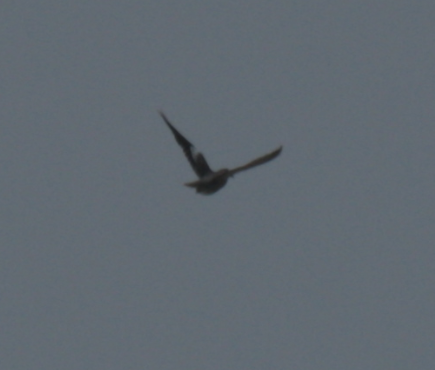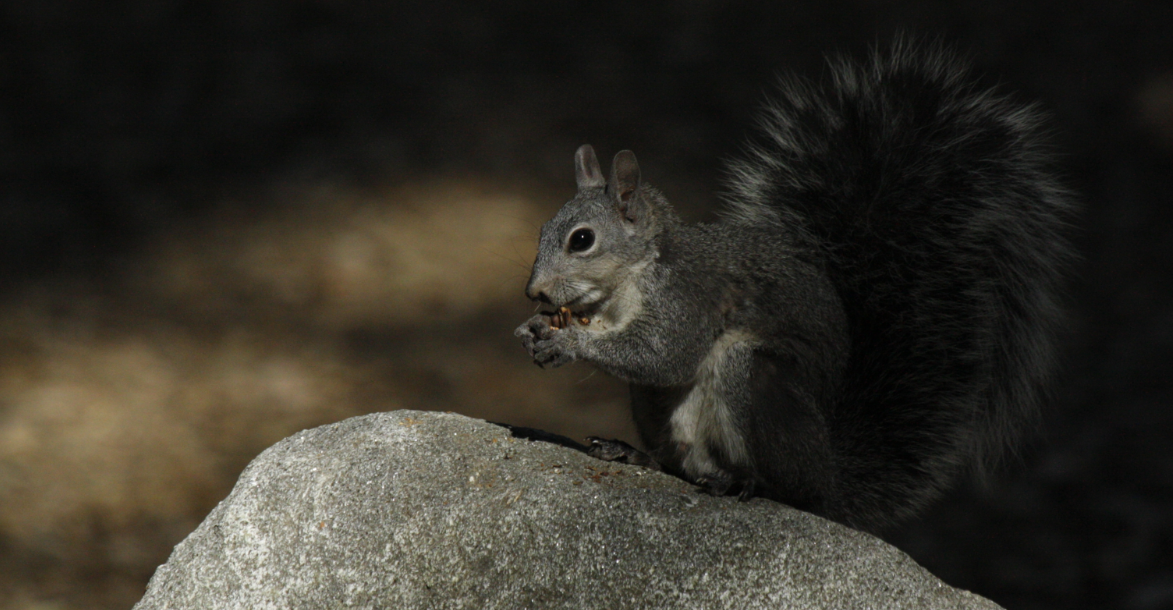I never found the decently early time of 5am to be either a nuisance or a surprise. I had been up earlier before for pelagic trips, or mere walks, well into the 4am realm. Today was the spontaneously planned Dedicated Search survey, my first real trip with the Sea Watch Foundation. Dedicated Search was a noun that as I learned has become synonymous with "erratic", "irregular" and "impromptu" at the same time. Such a survey erased everything on the schedule for that entire day, summoned all volunteers regardless of what they were doing or where they were, and combined all resources into a (dedicated) search for marine mammal activity. The primary goal was to cover a random line transect point, which offered its own data in terms of spatial use and population density in the local 3 mammal species.
The early start was intended to get all of us on the boat by 6:20am--as it happened it was running a bit late and did not really come until about 6:40, but at least the sky was nice this morning.
 |
| Dawn over New Quay harbour. |
The sea was thankfully quite flat this morning, with few ripples and remaining mirror-clear for a great portion of the initial few hours. The first 2 bottlenose dolphin sightings preceded the boat boarding and therefore did not make it onto the official sightings forms as more than a notation at the top of the sightings sheet.
A pair harbour porpoises around 7:10am were the first officially recorded cetacean sightings, though 2 grey seals, one hauled on the rocks and a second in the water were seen before hand. Perhaps my only fear was finally seeing a harbour porpoise and not having a camera on hand, which happened in the first 30 minutes! I could, however, be content that at least there was little that could have been "worse" from that point on. A cliff pass added a few land birds to the daily "list" including 2 chough, 3 ravens, jackdaws and 2 red kites, though the Sea Watch Foundation does not keep records of anything avian, and neither does the Marine Wildlife Centre for that matter.
An initial bottlenose dolphin sighting was had at 7:40am along the coastline of Llangrannog of 2 individuals, though we were just over 2km out at sea but
Dr. Dussán-Duque judged them to be too far. Yet 10 minutes later the next pair, just over 600m, was selected for photo-ID and behaviour recording purposes. The initial pair revealed other pairs, and then others, totaling 7 adults and 3 calves, perhaps including the 2 individuals that we did not approach earlier. The 4 subgroups merged and split as the encounter came and went, and both feeding behaviour, as well as one adult that was, in all decent terms, punting a jellyfish out of the water. The jellyfish itself was most likely
Cyanea lamarckii, a regular species in Wales. There was plenty of photo opportunity if you were lucky to catch them fast enough.
 |
| Waving hello? |
 |
| Does anyone remember the game Ecco the Dolphin where you headbutt blue jellyfish? |
With that aside, there was little of interest for the rest of the 7 hours! A 1cy Mediterranean gull was the only notable bird in this first hour, the only of its species recorded throughout. A fairly recent traveler to the south coast, this gull is still relatively uncommon this far north but it is spreading quite rapidly and can't really be called rare any more.
The only other two events of interest was a dead seal, and a "sunfish" which revealed itself to be a quite lost and deflated balloon about 2km out to sea. The balloon, whose design featured Elsa from the near-viral Disney film Frozen, was perhaps owned by a child who quite literally "Let it go". The balloon was, naturally, rescued to save any environmental harm it may have caused.
In other notes, the usual birds were present in small numbers, including kittiwake, guillemot, fulmar, manx shearwater and great black-backed gull. A few swallows, a crane fly, small tortoiseshells, and some other miscellaneous insects seemed to be oddities this far out to sea. It is possible to see migrating birds fly towards shore from over the sea, as these swallows did, but the species only flies towards the UK in the spring when they fly up from continental Europe. I can only guess that they flew over from Ireland, intercepting Wales as they headed towards France.
 |
| Great black-backed gull exhibiting the reasoning behind its name. |
All in all it turned to be not a bad trip. Those on photo-ID, behaviour and observer duties were left without anything to do beyond those first encounters, save the necessity of having to remember to write down boat data every 15 minutes (this task is done by both primary observer, independent observer, and effort collector to ensure that measurements are consistent and, most importantly, correct).
And, just because I thought it was cool, here is a variant of the common field grasshopper from the Cwmtydu segment of the coastal path above New Quay. This is a hugely variable species, that can be coloured anywhere from green, brown, orange, beige, grey and...apparently pink! I once heard the probability of such a erythristic individual is estimated at 1 in 500. Either way, they are quite uncommon.
 |
| Pink variant common field grasshopper. |































.jpg)







.JPG)









